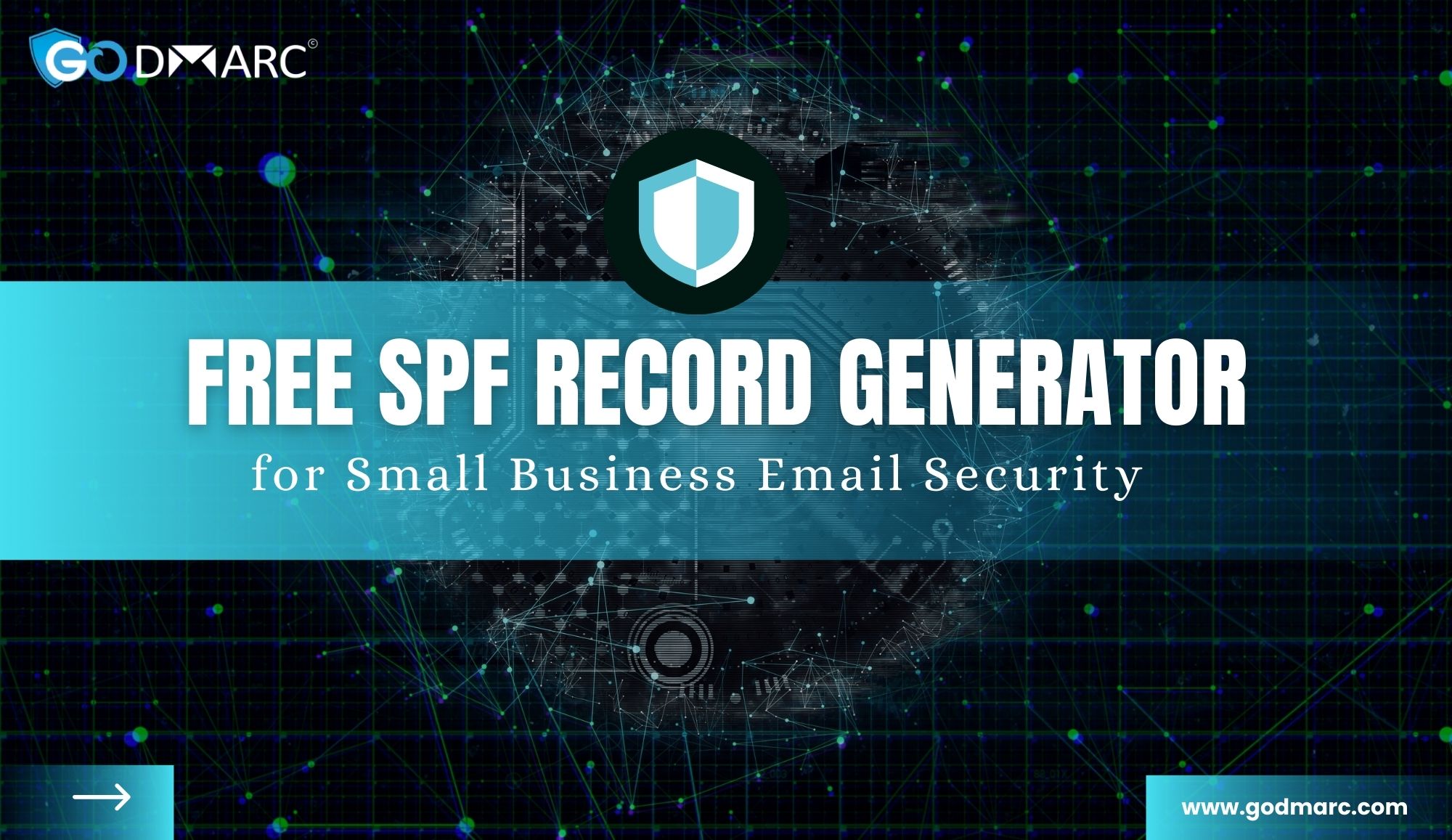Email authentication is a critical aspect of cybersecurity, and the Sender Policy Framework (SPF) plays a pivotal role in ensuring that only legitimate mail servers are authorized to send emails on behalf of a domain. Properly configuring SPF records by adding all genuine SMTP sources is essential for preventing email spoofing, improving email deliverability, and enhancing brand trust.
This blog explores the importance of SPF records, how to correctly add all genuine SMTP sources, common misconfigurations, and how an SPF Record Lookup tool can help ensure proper configuration and optimization.
Understanding SPF Records
SPF is an email authentication protocol designed to prevent email spoofing and phishing attacks. It works by allowing domain owners to specify which mail servers are authorized to send emails on their behalf. This is achieved by adding an SPF record in the domain’s DNS settings.
An SPF record is a TXT record containing a list of authorized SMTP sources. When an email is received, the recipient’s mail server checks the SPF record of the sender’s domain to verify if the email originated from an authorized server. If the SPF check fails, the email may be rejected or marked as spam.
Importance of Adding All Genuine SMTP Sources
Adding all genuine SMTP sources to your SPF record is crucial for several reasons:
- Prevents Email Spoofing – Cybercriminals often use unauthorized mail servers to send fake emails. A properly configured SPF record prevents such spoofing attempts.
- Improves Email Deliverability – Emails sent from unauthorized sources may fail SPF checks, leading to email rejection or spam classification.
- Enhances Brand Reputation – A domain with a strong SPF configuration helps build trust with recipients and email service providers.
- Ensures Compliance – Many industries require proper email authentication for compliance with security regulations such as GDPR and HIPAA.
- Reduces Phishing Risks – By ensuring only legitimate servers send emails, businesses reduce the risk of phishing attacks targeting their brand.
How to Identify All Genuine SMTP Sources
To build an effective SPF record, domain owners must identify all legitimate mail servers used to send emails on behalf of their domain. These sources typically include:
- Corporate Mail Servers – Your primary email-sending servers, often hosted in-house or through a dedicated email provider.
- Third-Party Email Services – Cloud-based services such as Google Workspace, Microsoft 365, and transactional email services like SendGrid, Mailgun, or Amazon SES.
- Marketing and Newsletter Platforms – Email marketing services like Mailchimp, HubSpot, and Constant Contact.
- CRM and Automation Tools – Customer relationship management (CRM) platforms that send automated emails, such as Salesforce and Zoho CRM.
- Support and Helpdesk Platforms – Helpdesk systems like Zendesk and Freshdesk that send emails on behalf of your domain.
- E-commerce Platforms – E-commerce systems like Shopify and WooCommerce, which send order confirmations and shipping notifications.
By conducting an SPF Record Lookup, businesses can verify whether all these sources are properly included in their SPF record.
How to Add Genuine SMTP Sources to Your SPF Record
Step 1: Collect a List of All Email Sending Services
Gather information about all email-sending sources used by your organization. This includes internal servers, third-party services, and marketing platforms.
Step 2: Construct or Modify Your SPF Record
An SPF record follows a structured format using specific mechanisms such as:
v=spf1– Identifies the record as SPF version 1.ip4:– Specifies an IPv4 address allowed to send emails.ip6:– Specifies an IPv6 address allowed to send emails.include:– Allows third-party services to be included in SPF validation.~all– Indicates a soft fail for non-listed servers (recommended in most cases).-all– Indicates a hard fail for non-listed servers (strict policy).
Example SPF record for a domain using Google Workspace and Mailchimp:
v=spf1 include:_spf.google.com include:servers.mcsv.net ~allThis record allows Google’s email servers and Mailchimp’s servers to send emails while rejecting others.
Step 3: Publish the SPF Record in DNS
Once the SPF record is created, add it as a TXT record in the domain’s DNS settings. This step is crucial for ensuring proper email authentication.
Step 4: Test the SPF Record Using an SPF Record Lookup Tool
After publishing the SPF record, use an SPF Record Lookup tool to verify its correctness. This tool checks for syntax errors, missing entries, and excessive DNS lookups.
Common SPF Record Mistakes to Avoid
While adding genuine SMTP sources, domain owners often make mistakes that impact SPF functionality. Here are some common errors:
- Exceeding the DNS Lookup Limit – SPF records are limited to 10 DNS lookups. Exceeding this limit can break SPF authentication.
- Omitting Critical Mail Servers – Forgetting to include an authorized email service can result in failed SPF checks.
- Using Multiple SPF Records – A domain should have only one SPF record. Multiple records can cause SPF validation failures.
- Improper Use of the
-allMechanism – Using-allinstead of~allwithout verifying all senders can lead to unintended email rejections. - Typos and Formatting Errors – Mistakes in syntax can invalidate the SPF record and disrupt email authentication.
Using SPF Record Lookup for Validation
An SPF Record Lookup tool is essential for verifying and troubleshooting SPF records. This tool checks the following:
- Correctness of the SPF syntax
- List of included IP addresses and services
- Number of DNS lookups
- Potential misconfigurations and warnings
By regularly using an SPF Record Lookup tool, domain owners can ensure their SPF record remains optimized and effective.
Best Practices for Managing SPF Records
To maintain an effective SPF record, follow these best practices:
- Regularly Update Your SPF Record – Whenever you add or remove an email-sending service, update your SPF record accordingly.
- Monitor Email Deliverability – Keep track of email rejection rates and spam classification.
- Use DKIM and DMARC in Addition to SPF – SPF alone is not sufficient for complete email authentication. Implement DKIM and DMARC for enhanced security.
- Avoid Nested Includes – Too many nested
include:mechanisms can increase DNS lookups and exceed the limit. - Work With Your IT Team – Collaborate with IT and email administrators to keep SPF records optimized.
Conclusion
Adding all genuine SMTP sources to your SPF record is essential for ensuring proper email authentication, improving deliverability, and preventing spoofing attacks. By identifying and including all authorized mail servers, businesses can maintain a secure and trustworthy email infrastructure.
Using an SPF Record Lookup tool can help verify SPF records, detect errors, and ensure compliance with best practices. Regular SPF maintenance and validation will safeguard your brand’s reputation and strengthen email security against emerging threats.




